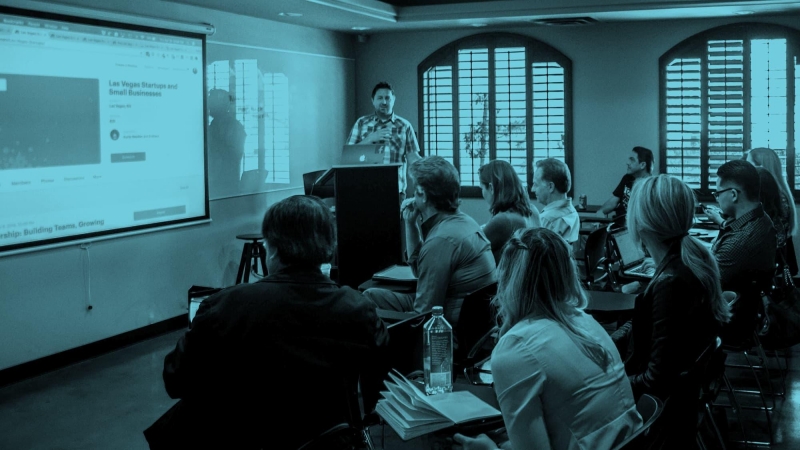Posted: 14th August 2017
In a survey conducted by Huntswood with non-executive directors and company secretaries of financial services firms, 86% said culture was the biggest issue they faced over the coming 12 months.
This has also been borne out in recent roundtable discussions and workshops we have run, where NEDs have been keen to form a view of what culture really means for their firms.
This is no surprise given the increasing FCA focus on measuring culture at the same time as the extension of individual accountability through the Senior Managers and Certification Regime (SM&CR).
It therefore becomes critical for firms to make culture tangible and to be able to measure it objectively – and, importantly, demonstrate that the culture within the firm is aligned to its strategy and the achievement of good customer outcomes.
We know from working with many firms that culture is difficult to measure. However, we also know from experience that this is achievable and, if firms are going to invest in ‘changing the way they do things’, it's important that they first understand their culture through a mixture of statistical and anecdotal insight.
So, how can firms effectively measure culture across their business in a way that enables change to be appropriately delivered, managed and embedded over the long-term?
Starting from the top
The starting point for any firm wishing to assess and develop its culture is for those at the top to have a clear view of what ‘good’ culture looks like for their business, holding this up to their existing culture to understand where gaps exist.
Often, organisations try to compare their own culture with that of their competitors, or try to interpret what the FCA means when it uses phrases such as 'tone from the top' and 'putting customers at the heart of the business'.
Determining the appropriate culture for the business is one of those rare instances where businesses shouldn't be looking at the competition; instead they should focus on the specific outcomes they are trying to achieve for customers, shareholders and employees, and then look to build a culture that supports and facilitates these objectives. Doing something because it's seen as a regulatory imperative or because competitors are doing it rarely – if ever – delivers sustainable, long-term cultural change.
That said, there is merit in looking outside the business – and not necessarily within your own sector – to observe what successful organisations are doing to promote culture, while contextualising the differences between your own business model and that of the organisation being observed.
EFFECTIVELY ASSESSING CULTURE
There are three key elements involved in assessing culture:
1. Determining the culture you want
It’s important that boards are clear at the outset about the type of culture they want for their organisation by conducting a self-assessment of their current organisational culture and determining what’s needed to deliver business objectives. The desired culture must be collectively agreed upon and articulated clearly by the board. For some organisations, there is a tendency to overcomplicate what they are trying to achieve by producing a myriad of complex mission and vision statements, values, ethics and goals.
Baird, a highly successful, employee-owned, international investment bank has a culture centred on providing ‘the best financial advice and service to our clients and being the best place to work for our associates’ – an ethos which is clear, straightforward and easy to articulate.
In the UK, the John Lewis Partnership, another employee-owned business, is driven by a simple objective; ‘the happiness of all its members, through their worthwhile and satisfying employment in a successful business’.
The key next step is making a culture articulated at this high-level tangible within a firm, and translated in a way that forms employee mindsets, beliefs and attitudes that ultimately drives how they and the firm as a whole behaves.
2. Measuring culture
Having defined their desired culture, boards need to assess ‘what’s happening on the ground’; how closely does the board’s ideal culture align to what’s currently taking place in the business?
The board’s perspective on its firm’s culture should be formed using a methodical evaluation of the organisation that considers experiences of those at all levels of the organisation. Gaining a broader view of culture can be supported through a blend of staff responses to questionnaires, focus groups, one-to-one interviews and a review of key documents.
The key to success in these areas is measuring both the ‘formal’ elements of culture – for example, strategy, organisational structure, policies and procedures and infrastructure – and the ‘informal’ elements of culture – for example, the beliefs and attitudes that inform behaviours.
These inputs are evaluated statistically using both quantitative / qualitative assessments and scoring techniques, to ensure firms gain a robust and well-rounded view of their culture.
3. Re-aligning your culture and staying on track
With the ideal and current cultures defined, proportionate actions are required to ‘fill the gaps’ between the firm’s cultural reality and its aspirations. These need to span regulatory-focused initiatives – including how a firm manages sales, advice and disclosure, and any complaints, claims and collections – as well as those that have a wider impact on business operations, such as leadership programmes, executive coaching and employee engagement initiatives.
Periodic reviews are needed to monitor progress on the agreed actions – how does the firm ensure that its culture remains fit for purpose? This continual monitoring and implementation of actions ensures the organisation stays on track to achieve and maintain its desired culture.
Transforming your culture – an ongoing strategy
Having been involved for the past 30 years with helping firms transform their culture, I'm the first to acknowledge that 'changing the way we do things around here' isn't easy. Too often, organisations treat cultural change as a programme – “we’ve done that, now what’s next?” – rather than a continual process which takes time, perseverance and investment.
However, if the team at the top of the organisation is committed to enacting change, firms will reap the commercial benefits while ensuring they achieve their regulatory obligations.







